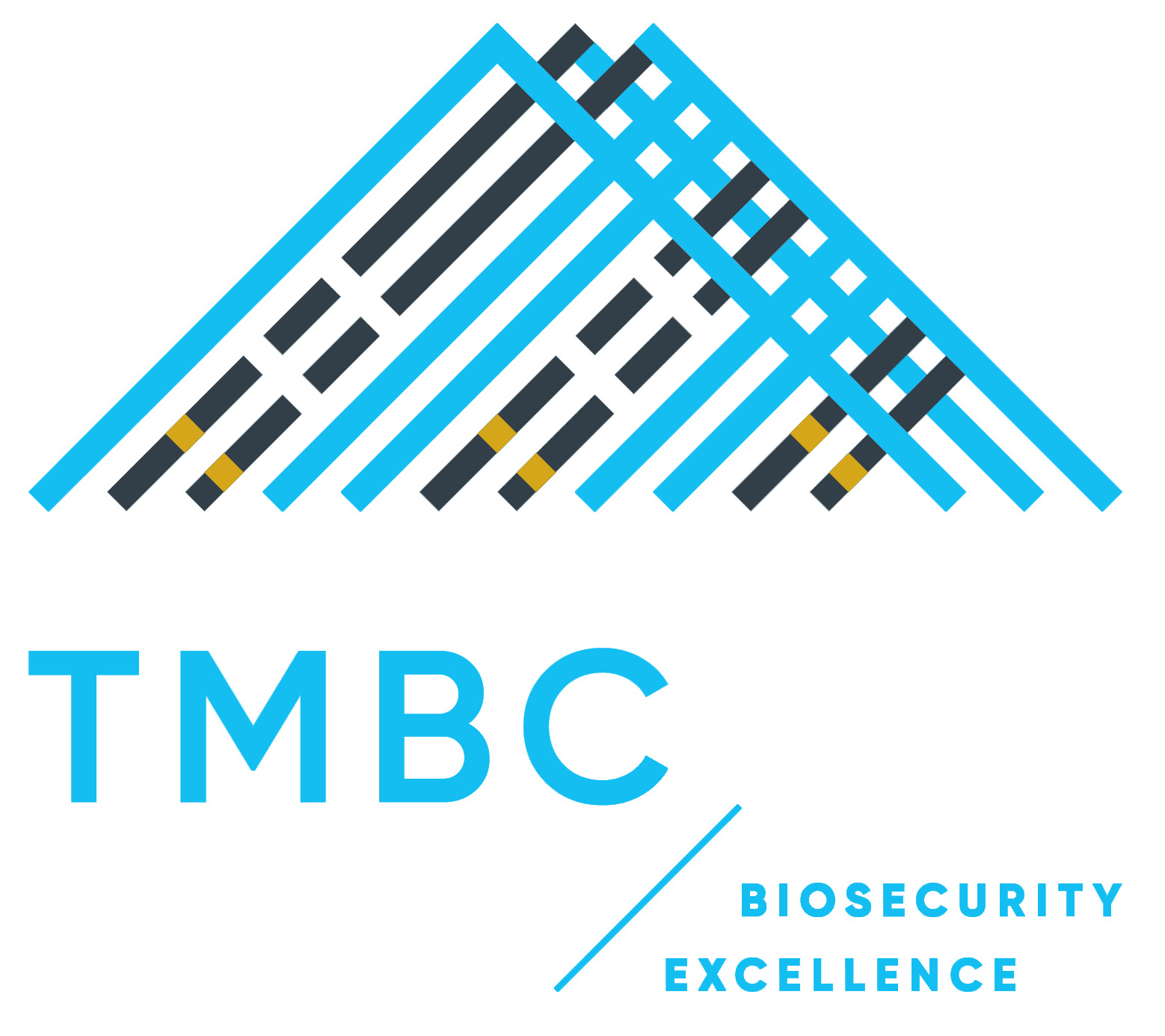The Biological Heritage National Science Challenge
The Biological Heritage National Science Challenge (NSC) is one of 11 NSCs in New Zealand and the Challenge recognizes TMBC as a flagship site. The Mission of the Biological Heritage Challenge is to reverse the decline of NZ’s biological heritage and it is working on this through partnerships with agencies, researchers and organisations such as TMBC.
The Challenge has three goals, all of which are very relevant to TMBC: (1) Whakamana, or Empower, is about helping New Zealanders protect our precious environment. This Goal has two Strategic Outcomes: (a) Bioheritage Scorecard will integrate quantitative and qualitative measurements to track and measure progress on reversing biodiversity decline, and (b) Environmental Stewardship which will see New Zealanders empowered to enact environmental stewardship and kaitiakitanga (guardianship). This Goal aligns well with TMBC’s principles of guardianship and collaboration.
Goal (2): Tiaki or Protect, is to contribute to a world-class biosecurity system. The first Strategic Outcome in this Goal is to (a) Predict Current and Future Threats. Some of these may already be in New Zealand and not currently causing problems, but most will be offshore, we need to better understand them to keep them there. Another Strategic Outcome (b) is State-of-the-art Surveillance which is aimed at ensuring that the best use is made of biosecurity surveillance data including information collected from citizens and from industries. It’s also about improved surveillance tools to provide informed guidance to government and industry. The final (3) Strategic Outcome is Novel Tools and Strategies that can be deployed to eradicate biotic threats – such as an invasion of Brown Marmorated Stink Bug. TMBC will be invited to partner in the development and testing of new surveillance and eradication technologies.
Goal (3): Whakahou or Restore, is about creating a resilient environment. Strategic Outcome (a) Ecosystem Interdependencies aims to quantify social-ecological linkages for use in managing, protecting and restoring land and water ecosystems. Research will cover both terrestrial and freshwater ecosystems. The other Strategic Outcome (b) is for Adaptive Governance and Policy to ensure that new knowledge and evidence informs policy and governance and including a focus on taking a bi-cultural approach restoring Aotearoa’s biodiversity.
As a flagship site for the Challenge there will be opportunities for TMBC to engage closely with scientists and to use new knowledge and evidence to strengthen biosecurity in Tauranga Moana.
In addition to the three Goals mentioned the Biological Heritage also has a programme to save the iconic trees of New Zealand entitled “Ngā Rākau Taketake”, specifically targeting kauri dieback and myrtle rust diseases. This programme builds on the already well-established research that has been underway in New Zealand and identifies new priorities for urgent research. This includes a new mātauranga Māori-based surveillance framework for plant pathogens, a project extremely relevant to TMBC particularly for myrtle rust but also to help protect the small amount of kauri in the region.
